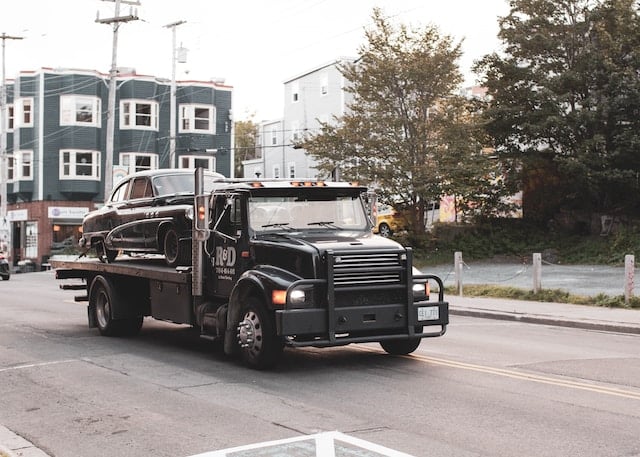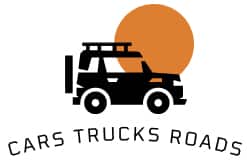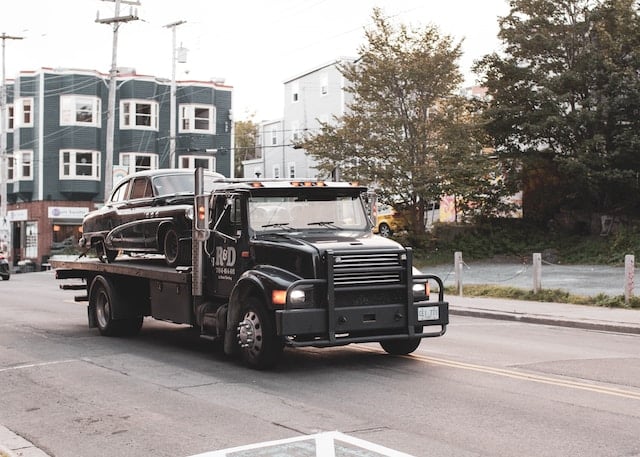
Heavy duty towing is an integral but often overlooked aspect of transportation and logistics. Its role in maintaining road safety, clearing accidents, and facilitating heavy cargo transportation is undeniable. This article offers an exploration of heavy duty towing, its importance, and the intricacies involved.
The Basics of Heavy Duty Towing
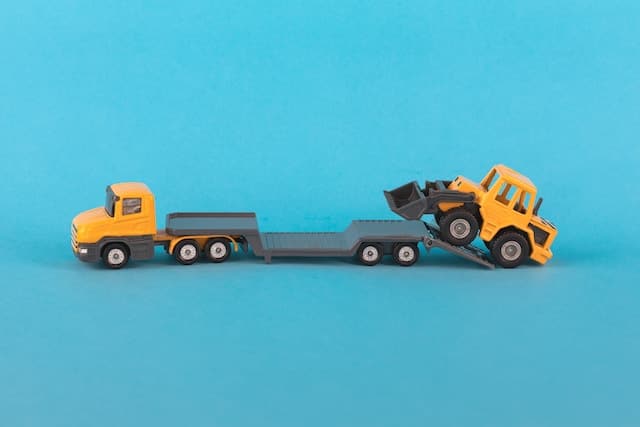
Understanding the Equipment
Heavy duty tow trucks come in several types, including integrated, hook and chain, wheel-lift, and flatbed trucks. Each truck has unique features designed for different situations, but all share common components, such as the boom, wheel lift, and tow slings, which are essential for towing operations.
Types of Loads and Vehicles Towed
Heavy duty towing caters to a wide array of vehicles, from buses and trucks to heavy machinery and large equipment. The type of vehicle or load towed often dictates the tow truck and equipment utilized.
Licensing and Regulations
Heavy duty towing is subject to stringent licensing and regulations to ensure safety and professionalism. These regulations dictate everything from the maximum towing capacity to the necessary training and certification for operators.
Navigating the Scales: Unpacking the Minimum Weight Requirements for Heavy Duty Towing
In the realm of towing, weight classifications play a vital role in ensuring safety and efficiency. However, it’s worth noting that there isn’t a universal minimum weight requirement that designates a tow as “heavy-duty.” The classification of what is considered “heavy-duty” can vary based on local regulations and the towing company’s equipment.
Generally, heavy-duty tow trucks are designed to tow larger vehicles such as semi-trucks, buses, and heavy machinery. These trucks often have a gross vehicle weight rating (GVWR) that exceeds 26,000 lbs. The towed vehicle’s weight, in many cases, can range from 16,000 lbs to over 33,000 lbs, depending on the specific capabilities of the towing truck and equipment.
Always consult with professional towing companies or local transportation authorities for accurate and precise weight specifications related to heavy-duty towing in your area. It’s crucial to respect these specifications for the safety of the operators, the integrity of the equipment, and the well-being of other road users.
The Intricacies and Challenges in Heavy Duty Towing
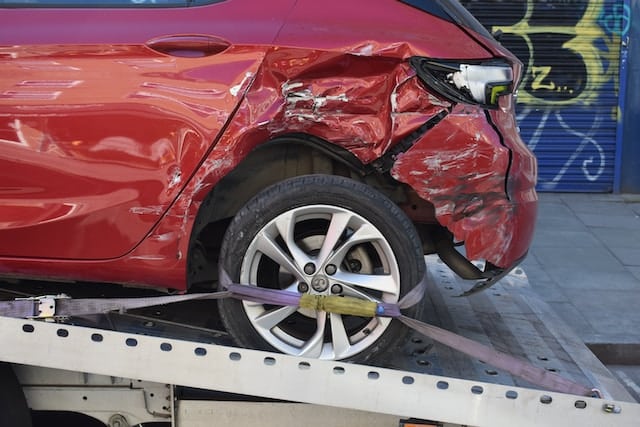
Technical Difficulties and How to Overcome Them
Heavy duty towing presents several technical challenges, such as managing weight distribution, choosing the right tow truck, and dealing with different types of cargo. These difficulties require a deep understanding of mechanics, physics, and the specific capabilities of each tow truck.
Importance of Training and Skills
The complexity of heavy duty towing demands rigorous training and a unique skill set. Operators need to understand the mechanics of their equipment, the laws governing their operation, and how to handle emergencies and unexpected situations safely.
Safety Concerns and Risk Management
The risks in heavy duty towing are significant, from potential damage to the vehicle being towed to the threat of accidents during the towing process. Effective risk management strategies and strict adherence to safety protocols are crucial.
The Price of Power: Unraveling the Costs of Heavy Duty Towing
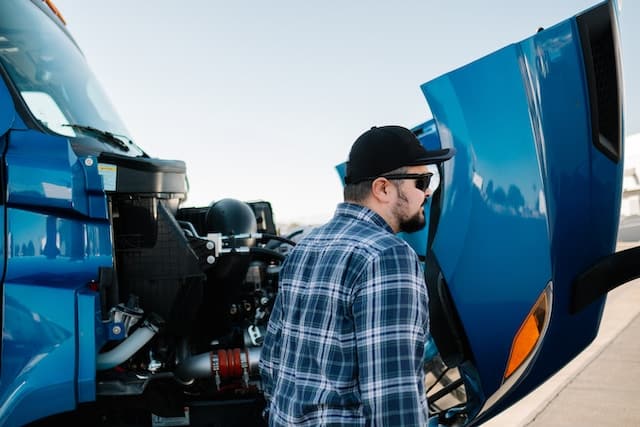
Heavy duty towing costs can vary greatly depending on several factors, including the type of vehicle, the distance of the tow, the complexity of the job, and regional pricing differences.
Type of Vehicle
The type and size of the vehicle significantly influence the cost. Towing larger, heavier vehicles like semi-trucks, buses, or construction equipment requires more specialized equipment and expertise, increasing the cost.
Distance of Tow
Most heavy duty towing companies charge a hook-up fee and then a per-mile cost. The farther the vehicle needs to be towed, the higher the overall cost.
Complexity of the Job
If a vehicle is stuck in mud, flipped over, or in a hard-to-reach location, additional labor and equipment may be needed, raising the price.
Regional Pricing Differences
Rates can also vary based on location. Urban areas with higher living costs may charge more than rural areas.
As an example, the cost of towing a semi-truck could range anywhere from $200 to $500 for a local tow, with a per-mile cost typically falling between $3 to $6. However, these are rough estimates, and the exact cost could be significantly higher or lower based on the factors mentioned above.
Keep in mind that these are estimates and actual costs can vary. It’s always best to reach out to a local, reputable heavy duty towing company for a more accurate quote based on your specific circumstances.
Safety Protocols in Heavy Duty Towing

Standard Operating Procedures
In the interest of safety, heavy duty towing companies adhere to strict standard operating procedures. These include procedures for hooking up a vehicle, transporting it, and unloading it at the destination.
Precautions and Safety Equipment
Safety equipment like high-visibility clothing, safety harnesses, and helmets are a must for operators. Moreover, taking precautions like ensuring proper vehicle positioning, using appropriate hookups, and double-checking all connections can prevent accidents.
Training and Certification Requirements
Given the high-risk nature of the job, heavy duty tow truck operators must undergo extensive training and earn specific certifications. This ensures they can safely and effectively manage the intricacies of heavy duty towing.
Tools of the Trade: Essential Equipment and Accessories in Heavy Duty Towing
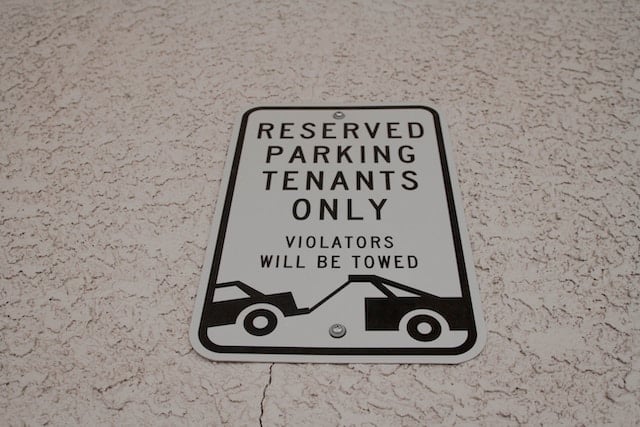
Heavy Duty Tow Trucks
These are the backbone of any heavy duty towing operation. There are several types, including integrated tow trucks (for difficult recovery operations), wheel-lift trucks (for towing over short distances), and flatbed trucks (for transporting vehicles and heavy equipment). These trucks are equipped with powerful engines and towing mechanisms to handle heavy loads.
Boom
A boom is a piece of equipment that acts as an adjustable arm, extending and retracting as needed. It’s used to recover vehicles from ditches, embankments, or any place the tow truck cannot back up to. Some booms are fixed, some use a “sheave” or pulley system, and others are hydraulic.
Hook and Chain
This traditional type of towing equipment involves wrapping chains around the frame or axle of the vehicle to be towed. It’s less common today as it can cause damage to the towed vehicle, but is still used for wrecked or junk vehicles.
Wheel Lift
The wheel lift is a modern alternative to the hook and chain. It uses a metal yoke to cradle the vehicle’s wheels, reducing potential damage during towing.
Flatbed (or Rollback) Equipment
This equipment includes a long flat bed that can be inclined to ground level, allowing a vehicle to be loaded onto it under its own power or pulled on by a winch. It’s often used for damage-free transportation of vehicles.
Integrated Tow Truck
This is a self-loader, snatch truck, or repo truck, typically used in light-duty trucks designed for high-speed hookups. It combines the abilities of a boom and a wheel lift, integrated into a single unit.
Winch
A winch is a pulling device using a rope, cable, or chain wound around a rotating drum, powered manually or by an engine. It’s used for pulling vehicles onto the tow truck’s bed or out of challenging situations.
Tow Sling
The tow sling is an older piece of equipment, not commonly used today due to the risk of damaging the towed vehicle. It lifts vehicles by the front or rear end, but can damage bumpers and other parts.
Tow Dolly
A tow dolly is a mini-trailer that holds two wheels of a car off the ground for towing. The other two wheels are on the ground. It’s used for moving cars over short distances.
Safety Accessories
In addition to the towing equipment, various safety accessories like high-visibility vests, gloves, safety chains, lights, and tie-down straps are essential for secure and safe towing operations. These accessories ensure both the safety of the tow truck operator and the security of the vehicle being towed.
Remember that each piece of equipment or accessory has its specific use and advantages, and the choice depends on the particular requirements of the towing job.
Trends in Heavy Duty Towing
Technological Advances
Technological advancements have significantly impacted the heavy duty towing industry. Innovations in tow truck designs, GPS tracking, and automated systems have improved efficiency and safety.
Environmental Concerns and Sustainable Practices
With growing awareness about environmental conservation, many towing companies are embracing eco-friendly practices. This includes using fuel-efficient trucks, adopting energy-saving operations, and recycling towed vehicles.
